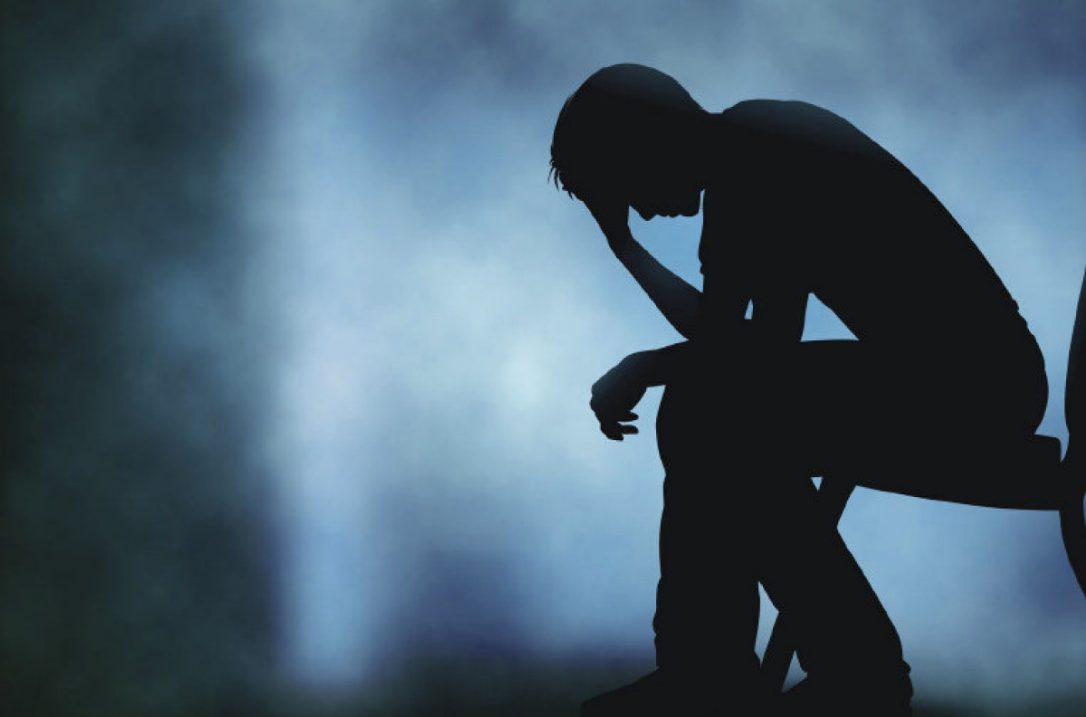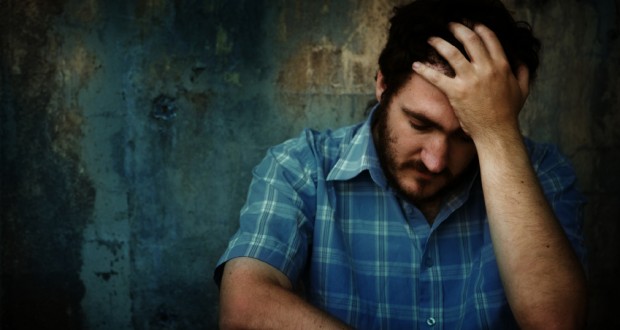
In general, I try to avoid talking politics. It just turns too many otherwise decent people into assholes and friends into enemies. I know I’ve touched on sensitive issues on this site and I’m very reluctant to bring that to my YouTube channel. I just feel like, most of the time, talking politics on the internet or even in person is just not a productive use of anyone’s time.
That being said, I still feel compelled to say something about the recent controversy surrounding Florida’s “Don’t Say Gay” bill, which has already inspired many other states to craft similar bills. I understand there have been plenty of discussions on this bill, but little in terms of substance. I also understand that the nature of this bill isn’t about stopping people from saying the word “gay.” It’s intended to prohibit teachers from discussing sexuality to young students.
I mean, it’s not like refusing to talk to students about certain topics makes them less curious about those topics.
In addition, it’s not like there’s something like the internet that allows kids to look up information on all sorts of things their parents don’t want them to know about.
I mean seriously. When has trying to prohibit discussion about a sexual issues ever had negative consequences?
That excess sarcasm aside, I do want to say something else about this topic that I do think is worth saying. So, in the interest of adding to the debate, here it is.
Gay. Gay. Gay. Gay. Gay. Gay. Gay. Gay. Gay. Gay. Gay. Gay. Gay. Gay. Gay. Gay. Gay. Gay. Gay. Gay. Gay. Gay. Gay. Gay. Gay. Gay. Gay. Gay. Gay. Gay. Gay. Gay. Gay. Gay. Gay. Gay. Gay. Gay. Gay. Gay. Gay. Gay. Gay. Gay. Gay. Gay. Gay. Gay. Gay. Gay. Gay. Gay. Gay. Gay. Gay. Gay. Gay. Gay. Gay. Gay. Gay. Gay. Gay. Gay. Gay. Gay. Gay. Gay. Gay. Gay. Gay. Gay. Gay. Gay. Gay. Gay. Gay. Gay. Gay. Gay. Gay. Gay. Gay. Gay. Gay. Gay. Gay. Gay. Gay. Gay. Gay. Gay. Gay. Gay. Gay. Gay. Gay. Gay. Gay. Gay. Gay. Gay. Gay. Gay. Gay. Gay. Gay. Gay. Gay. Gay. Gay. Gay. Gay. Gay. Gay. Gay. Gay. Gay. Gay. Gay. Gay. Gay. Gay. Gay. Gay. Gay. Gay. Gay. Gay. Gay. Gay. Gay. Gay. Gay. Gay. Gay. Gay. Gay. Gay. Gay. Gay. Gay. Gay. Gay. Gay. Gay. Gay. Gay. Gay. Gay. Gay. Gay. Gay. Gay. Gay. Gay. Gay. Gay. Gay. Gay. Gay. Gay. Gay. Gay. Gay. Gay. Gay. Gay. Gay. Gay. Gay. Gay. Gay. Gay. Gay. Gay. Gay. Gay. Gay. Gay. Gay. Gay. Gay. Gay. Gay. Gay. Gay. Gay. Gay. Gay. Gay. Gay. Gay. Gay. Gay. Gay. Gay. Gay. Gay. Gay. Gay. Gay. Gay. Gay. Gay. Gay. Gay. Gay. Gay. Gay. Gay. Gay. Gay. Gay. Gay. Gay. Gay. Gay. Gay. Gay. Gay. Gay. Gay. Gay. Gay. Gay. Gay. Gay. Gay. Gay. Gay. Gay. Gay. Gay. Gay. Gay. Gay. Gay. Gay. Gay. Gay. Gay. Gay. Gay. Gay. Gay. Gay. Gay. Gay. Gay. Gay. Gay. Gay. Gay. Gay. Gay. Gay. Gay. Gay. Gay. Gay. Gay. Gay. Gay. Gay. Gay. Gay. Gay. Gay. Gay. Gay. Gay. Gay. Gay. Gay. Gay. Gay. Gay. Gay. Gay. Gay. Gay. Gay. Gay. Gay. Gay. Gay. Gay. Gay. Gay. Gay. Gay. Gay. Gay. Gay. Gay. Gay. Gay. Gay. Gay. Gay. Gay. Gay. Gay. Gay. Gay. Gay. Gay. Gay. Gay. Gay. Gay. Gay. Gay. Gay. Gay. Gay. Gay. Gay. Gay. Gay. Gay. Gay. Gay. Gay. Gay. Gay. Gay. Gay. Gay. Gay. Gay. Gay. Gay. Gay. Gay. Gay. Gay. Gay. Gay. Gay. Gay. Gay. Gay. Gay. Gay. Gay. Gay. Gay. Gay. Gay. Gay. Gay. Gay. Gay. Gay. Gay. Gay. Gay. Gay. Gay. Gay. Gay. Gay. Gay. Gay. Gay. Gay. Gay. Gay. Gay. Gay. Gay. Gay. Gay. Gay. Gay. Gay. Gay. Gay. Gay. Gay. Gay. Gay. Gay. Gay. Gay. Gay. Gay. Gay. Gay. Gay. Gay. Gay. Gay. Gay. Gay. Gay. Gay. Gay. Gay. Gay. Gay. Gay. Gay. Gay. Gay. Gay. Gay. Gay. Gay. Gay. Gay. Gay. Gay. Gay. Gay. Gay. Gay. Gay. Gay. Gay. Gay. Gay. Gay. Gay. Gay. Gay. Gay. Gay. Gay. Gay. Gay. Gay. Gay. Gay. Gay. Gay. Gay. Gay. Gay. Gay. Gay. Gay. Gay. Gay. Gay. Gay. Gay. Gay. Gay. Gay. Gay. Gay. Gay. Gay. Gay. Gay. Gay. Gay. Gay. Gay. Gay. Gay. Gay. Gay. Gay. Gay. Gay. Gay. Gay. Gay. Gay. Gay. Gay. Gay. Gay. Gay. Gay. Gay. Gay. Gay. Gay. Gay. Gay. Gay. Gay. Gay. Gay. Gay. Gay. Gay. Gay. Gay. Gay. Gay. Gay. Gay. Gay. Gay. Gay. Gay. Gay. Gay. Gay. Gay. Gay. Gay. Gay. Gay. Gay. Gay. Gay. Gay. Gay. Gay. Gay. Gay. Gay. Gay. Gay. Gay. Gay. Gay. Gay. Gay. Gay. Gay. Gay. Gay. Gay. Gay. Gay. Gay. Gay. Gay. Gay. Gay. Gay. Gay. Gay. Gay. Gay. Gay. Gay. Gay. Gay. Gay. Gay. Gay. Gay. Gay. Gay. Gay. Gay. Gay. Gay. Gay. Gay. Gay. Gay. Gay. Gay. Gay. Gay. Gay. Gay. Gay. Gay. Gay. Gay. Gay. Gay. Gay. Gay. Gay. Gay. Gay. Gay. Gay. Gay. Gay. Gay. Gay. Gay. Gay. Gay. Gay. Gay. Gay. Gay. Gay. Gay. Gay. Gay. Gay. Gay. Gay. Gay. Gay. Gay. Gay. Gay. Gay. Gay. Gay. Gay. Gay. Gay. Gay. Gay. Gay. Gay. Gay. Gay. Gay. Gay. Gay. Gay. Gay. Gay. Gay. Gay. Gay. Gay. Gay. Gay. Gay. Gay. Gay. Gay. Gay. Gay. Gay. Gay. Gay. Gay. Gay. Gay. Gay. Gay. Gay. Gay. Gay. Gay. Gay. Gay. Gay. Gay. Gay. Gay. Gay. Gay. Gay. Gay. Gay. Gay. Gay. Gay. Gay. Gay. Gay. Gay. Gay. Gay. Gay. Gay. Gay. Gay. Gay. Gay. Gay. Gay. Gay. Gay. Gay. Gay. Gay. Gay. Gay. Gay. Gay. Gay. Gay. Gay. Gay. Gay. Gay. Gay. Gay. Gay. Gay. Gay. Gay. Gay. Gay. Gay. Gay. Gay. Gay. Gay. Gay. Gay. Gay. Gay. Gay. Gay. Gay. Gay. Gay. Gay. Gay. Gay. Gay. Gay. Gay. Gay. Gay. Gay. Gay. Gay. Gay. Gay. Gay. Gay. Gay. Gay. Gay. Gay. Gay. Gay. Gay. Gay. Gay. Gay. Gay. Gay. Gay. Gay. Gay. Gay. Gay. Gay. Gay. Gay. Gay. Gay. Gay. Gay. Gay. Gay. Gay. Gay. Gay. Gay. Gay. Gay. Gay. Gay. Gay. Gay. Gay. Gay. Gay. Gay. Gay. Gay. Gay. Gay. Gay. Gay. Gay. Gay. Gay. Gay. Gay. Gay. Gay. Gay. Gay. Gay. Gay. Gay. Gay. Gay. Gay. Gay. Gay. Gay. Gay. Gay. Gay. Gay. Gay. Gay. Gay. Gay. Gay. Gay. Gay. Gay. Gay. Gay. Gay. Gay. Gay. Gay. Gay. Gay. Gay. Gay. Gay. Gay. Gay. Gay. Gay. Gay. Gay. Gay. Gay. Gay. Gay. Gay. Gay. Gay. Gay. Gay. Gay. Gay. Gay. Gay. Gay. Gay. Gay. Gay. Gay. Gay. Gay. Gay. Gay. Gay. Gay. Gay. Gay. Gay. Gay. Gay. Gay. Gay. Gay. Gay. Gay. Gay. Gay. Gay. Gay. Gay. Gay. Gay. Gay. Gay. Gay. Gay. Gay. Gay. Gay. Gay. Gay. Gay. Gay. Gay. Gay. Gay. Gay. Gay. Gay. Gay. Gay. Gay. Gay. Gay. Gay. Gay. Gay. Gay. Gay. Gay. Gay. Gay. Gay. Gay. Gay. Gay. Gay. Gay. Gay. Gay. Gay. Gay. Gay. Gay. Gay. Gay. Gay. Gay. Gay. Gay. Gay. Gay. Gay. Gay. Gay. Gay. Gay. Gay. Gay. Gay. Gay. Gay. Gay. Gay. Gay. Gay. Gay. Gay. Gay. Gay. Gay. Gay. Gay. Gay. Gay. Gay. Gay. Gay. Gay. Gay. Gay. Gay. Gay. Gay. Gay. Gay. Gay. Gay. Gay. Gay. Gay. Gay. Gay. Gay. Gay. Gay. Gay. Gay. Gay. Gay. Gay. Gay. Gay. Gay. Gay. Gay. Gay. Gay. Gay. Gay. Gay. Gay. Gay. Gay. Gay. Gay. Gay. Gay. Gay. Gay. Gay. Gay. Gay. Gay. Gay. Gay. Gay. Gay. Gay. Gay. Gay. Gay. Gay. Gay. Gay. Gay. Gay. Gay. Gay. Gay. Gay. Gay. Gay. Gay. Gay. Gay. Gay. Gay. Gay. Gay. Gay. Gay. Gay. Gay. Gay. Gay. Gay. Gay. Gay. Gay. Gay. Gay. Gay. Gay. Gay. Gay. Gay. Gay. Gay. Gay. Gay. Gay. Gay. Gay. Gay. Gay. Gay. Gay. Gay. Gay. Gay. Gay. Gay. Gay. Gay. Gay. Gay. Gay. Gay. Gay. Gay. Gay. Gay. Gay. Gay. Gay. Gay. Gay. Gay. Gay. Gay. Gay. Gay. Gay. Gay. Gay. Gay. Gay. Gay. Gay. Gay. Gay. Gay. Gay. Gay. Gay. Gay. Gay. Gay. Gay. Gay. Gay. Gay. Gay. Gay. Gay. Gay. Gay. Gay. Gay. Gay. Gay. Gay. Gay. Gay. Gay. Gay. Gay. Gay. Gay. Gay. Gay. Gay. Gay. Gay. Gay. Gay. Gay. Gay. Gay. Gay. Gay. Gay. Gay. Gay. Gay. Gay. Gay. Gay. Gay. Gay. Gay. Gay. Gay. Gay. Gay. Gay. Gay. Gay. Gay. Gay. Gay. Gay. Gay. Gay. Gay. Gay. Gay. Gay. Gay. Gay. Gay. Gay. Gay. Gay. Gay. Gay. Gay. Gay. Gay. Gay. Gay. Gay. Gay. Gay. Gay. Gay. Gay. Gay. Gay. Gay. Gay. Gay. Gay. Gay. Gay. Gay. Gay. Gay. Gay. Gay. Gay. Gay. Gay. Gay. Gay. Gay. Gay. Gay. Gay. Gay. Gay. Gay. Gay. Gay. Gay. Gay. Gay. Gay. Gay. Gay. Gay. Gay. Gay. Gay. Gay. Gay. Gay. Gay. Gay. Gay. Gay. Gay. Gay. Gay. Gay. Gay. Gay. Gay. Gay. Gay. Gay. Gay. Gay. Gay. Gay. Gay. Gay. Gay. Gay. Gay. Gay. Gay. Gay. Gay. Gay. Gay. Gay. Gay. Gay. Gay. Gay. Gay. Gay. Gay. Gay. Gay. Gay. Gay. Gay. Gay. Gay. Gay. Gay. Gay. Gay. Gay. Gay. Gay. Gay. Gay. Gay. Gay. Gay. Gay. Gay. Gay. Gay. Gay. Gay. Gay. Gay. Gay. Gay. Gay. Gay. Gay. Gay. Gay. Gay. Gay. Gay. Gay. Gay. Gay. Gay. Gay. Gay. Gay. Gay. Gay. Gay. Gay. Gay. Gay. Gay. Gay. Gay. Gay. Gay. Gay. Gay. Gay. Gay. Gay. Gay. Gay. Gay. Gay. Gay. Gay. Gay. Gay. Gay. Gay. Gay. Gay. Gay. Gay. Gay. Gay. Gay. Gay. Gay. Gay. Gay. Gay. Gay. Gay. Gay. Gay. Gay. Gay. Gay. Gay. Gay. Gay. Gay. Gay. Gay. Gay. Gay. Gay. Gay. Gay. Gay. Gay. Gay. Gay. Gay. Gay. Gay. Gay. Gay. Gay. Gay. Gay. Gay. Gay. Gay. Gay. Gay. Gay. Gay. Gay. Gay. Gay. Gay. Gay. Gay. Gay. Gay. Gay. Gay. Gay. Gay. Gay. Gay. Gay. Gay. Gay. Gay. Gay. Gay. Gay. Gay. Gay. Gay. Gay. Gay. Gay. Gay. Gay. Gay. Gay. Gay. Gay. Gay. Gay. Gay. Gay. Gay. Gay. Gay. Gay. Gay. Gay. Gay. Gay. Gay. Gay. Gay. Gay. Gay. Gay. Gay. Gay. Gay. Gay. Gay. Gay. Gay. Gay. Gay. Gay. Gay. Gay. Gay. Gay. Gay. Gay. Gay. Gay. Gay. Gay. Gay. Gay. Gay. Gay. Gay. Gay. Gay. Gay. Gay. Gay. Gay. Gay. Gay. Gay. Gay. Gay. Gay. Gay. Gay. Gay. Gay. Gay. Gay. Gay. Gay. Gay. Gay. Gay. Gay. Gay. Gay. Gay. Gay. Gay. Gay. Gay. Gay. Gay. Gay. Gay. Gay. Gay. Gay. Gay. Gay. Gay. Gay. Gay. Gay. Gay. Gay. Gay. Gay. Gay. Gay. Gay. Gay. Gay. Gay. Gay. Gay. Gay. Gay. Gay. Gay. Gay. Gay. Gay. Gay. Gay. Gay. Gay. Gay. Gay. Gay. Gay. Gay. Gay. Gay. Gay. Gay. Gay. Gay. Gay. Gay. Gay. Gay. Gay. Gay. Gay. Gay. Gay. Gay. Gay. Gay. Gay. Gay. Gay. Gay. Gay. Gay. Gay. Gay. Gay. Gay. Gay. Gay. Gay. Gay. Gay. Gay. Gay. Gay. Gay. Gay. Gay. Gay. Gay. Gay. Gay. Gay. Gay. Gay. Gay. Gay. Gay. Gay. Gay. Gay. Gay. Gay. Gay. Gay. Gay. Gay. Gay. Gay. Gay. Gay. Gay. Gay. Gay. Gay. Gay. Gay. Gay. Gay. Gay. Gay. Gay. Gay. Gay. Gay. Gay. Gay. Gay. Gay. Gay. Gay. Gay. Gay. Gay. Gay. Gay. Gay. Gay. Gay. Gay. Gay. Gay. Gay. Gay. Gay. Gay. Gay. Gay. Gay. Gay. Gay. Gay. Gay. Gay. Gay. Gay. Gay. Gay. Gay. Gay. Gay. Gay. Gay. Gay. Gay. Gay. Gay. Gay. Gay. Gay. Gay. Gay. Gay. Gay. Gay. Gay. Gay. Gay. Gay. Gay. Gay. Gay. Gay. Gay. Gay. Gay. Gay. Gay. Gay. Gay. Gay. Gay. Gay. Gay. Gay. Gay. Gay. Gay. Gay. Gay. Gay. Gay. Gay. Gay. Gay. Gay. Gay. Gay. Gay. Gay. Gay. Gay. Gay. Gay. Gay. Gay. Gay. Gay. Gay. Gay. Gay. Gay. Gay. Gay. Gay. Gay. Gay. Gay. Gay. Gay. Gay. Gay. Gay. Gay. Gay. Gay. Gay. Gay. Gay. Gay. Gay. Gay. Gay. Gay. Gay. Gay. Gay. Gay. Gay. Gay. Gay. Gay. Gay. Gay. Gay. Gay. Gay. Gay. Gay. Gay. Gay. Gay. Gay. Gay. Gay. Gay. Gay. Gay. Gay. Gay. Gay. Gay. Gay. Gay. Gay. Gay. Gay. Gay. Gay. Gay. Gay. Gay. Gay. Gay. Gay. Gay. Gay. Gay. Gay. Gay. Gay. Gay. Gay. Gay. Gay. Gay. Gay. Gay. Gay. Gay. Gay. Gay. Gay. Gay. Gay. Gay. Gay. Gay. Gay. Gay. Gay. Gay. Gay. Gay. Gay. Gay. Gay. Gay. Gay. Gay. Gay. Gay. Gay. Gay. Gay. Gay. Gay. Gay. Gay. Gay. Gay. Gay. Gay. Gay. Gay. Gay. Gay. Gay. Gay. Gay. Gay. Gay. Gay. Gay. Gay. Gay. Gay. Gay. Gay. Gay. Gay. Gay. Gay. Gay. Gay. Gay. Gay. Gay. Gay. Gay. Gay. Gay. Gay. Gay. Gay. Gay. Gay. Gay. Gay. Gay. Gay. Gay. Gay. Gay. Gay. Gay. Gay. Gay. Gay. Gay. Gay. Gay. Gay. Gay. Gay. Gay. Gay. Gay. Gay. Gay. Gay. Gay. Gay. Gay. Gay. Gay. Gay. Gay. Gay. Gay. Gay. Gay. Gay. Gay. Gay. Gay. Gay. Gay. Gay. Gay. Gay. Gay. Gay. Gay. Gay. Gay. Gay. Gay. Gay. Gay. Gay. Gay. Gay. Gay. Gay. Gay. Gay. Gay. Gay. Gay. Gay. Gay. Gay. Gay. Gay. Gay. Gay. Gay. Gay. Gay. Gay. Gay. Gay. Gay. Gay. Gay. Gay. Gay. Gay. Gay. Gay. Gay. Gay. Gay. Gay. Gay. Gay. Gay. Gay. Gay. Gay. Gay. Gay. Gay. Gay. Gay. Gay. Gay. Gay. Gay. Gay. Gay. Gay. Gay. Gay. Gay. Gay. Gay. Gay. Gay. Gay. Gay. Gay. Gay. Gay. Gay. Gay. Gay. Gay. Gay. Gay. Gay. Gay. Gay. Gay. Gay. Gay. Gay. Gay. Gay. Gay. Gay. Gay. Gay. Gay. Gay. Gay. Gay. Gay. Gay. Gay. Gay. Gay. Gay. Gay. Gay. Gay. Gay. Gay. Gay. Gay. Gay. Gay. Gay. Gay. Gay. Gay. Gay. Gay. Gay. Gay. Gay. Gay. Gay. Gay. Gay. Gay. Gay. Gay. Gay. Gay. Gay. Gay. Gay. Gay. Gay. Gay. Gay. Gay. Gay. Gay. Gay. Gay. Gay. Gay. Gay. Gay. Gay. Gay. Gay. Gay. Gay. Gay. Gay. Gay. Gay. Gay. Gay. Gay. Gay. Gay. Gay. Gay. Gay. Gay. Gay. Gay. Gay. Gay. Gay. Gay. Gay. Gay. Gay. Gay. Gay. Gay. Gay. Gay. Gay. Gay. Gay. Gay. Gay. Gay. Gay. Gay. Gay. Gay. Gay. Gay. Gay. Gay. Gay. Gay. Gay. Gay. Gay. Gay. Gay. Gay. Gay. Gay. Gay. Gay. Gay. Gay. Gay. Gay. Gay. Gay. Gay. Gay. Gay. Gay. Gay. Gay. Gay. Gay. Gay. Gay. Gay. Gay. Gay. Gay. Gay. Gay. Gay. Gay. Gay. Gay. Gay. Gay. Gay. Gay. Gay. Gay. Gay. Gay. Gay. Gay. Gay. Gay. Gay. Gay. Gay. Gay. Gay. Gay. Gay. Gay. Gay. Gay. Gay. Gay. Gay. Gay. Gay. Gay. Gay. Gay. Gay. Gay. Gay. Gay. Gay. Gay. Gay. Gay. Gay. Gay. Gay. Gay. Gay. Gay. Gay. Gay. Gay. Gay. Gay. Gay. Gay. Gay. Gay. Gay. Gay. Gay. Gay. Gay. Gay. Gay. Gay. Gay. Gay. Gay. Gay. Gay. Gay. Gay. Gay. Gay.
Thank you. I hope I’ve made my point.



:no_upscale()/cdn.vox-cdn.com/uploads/chorus_image/image/69483824/1285890613.0.jpg)
:no_upscale()/cdn.vox-cdn.com/uploads/chorus_asset/file/8714713/GettyImages_106940778.jpg)
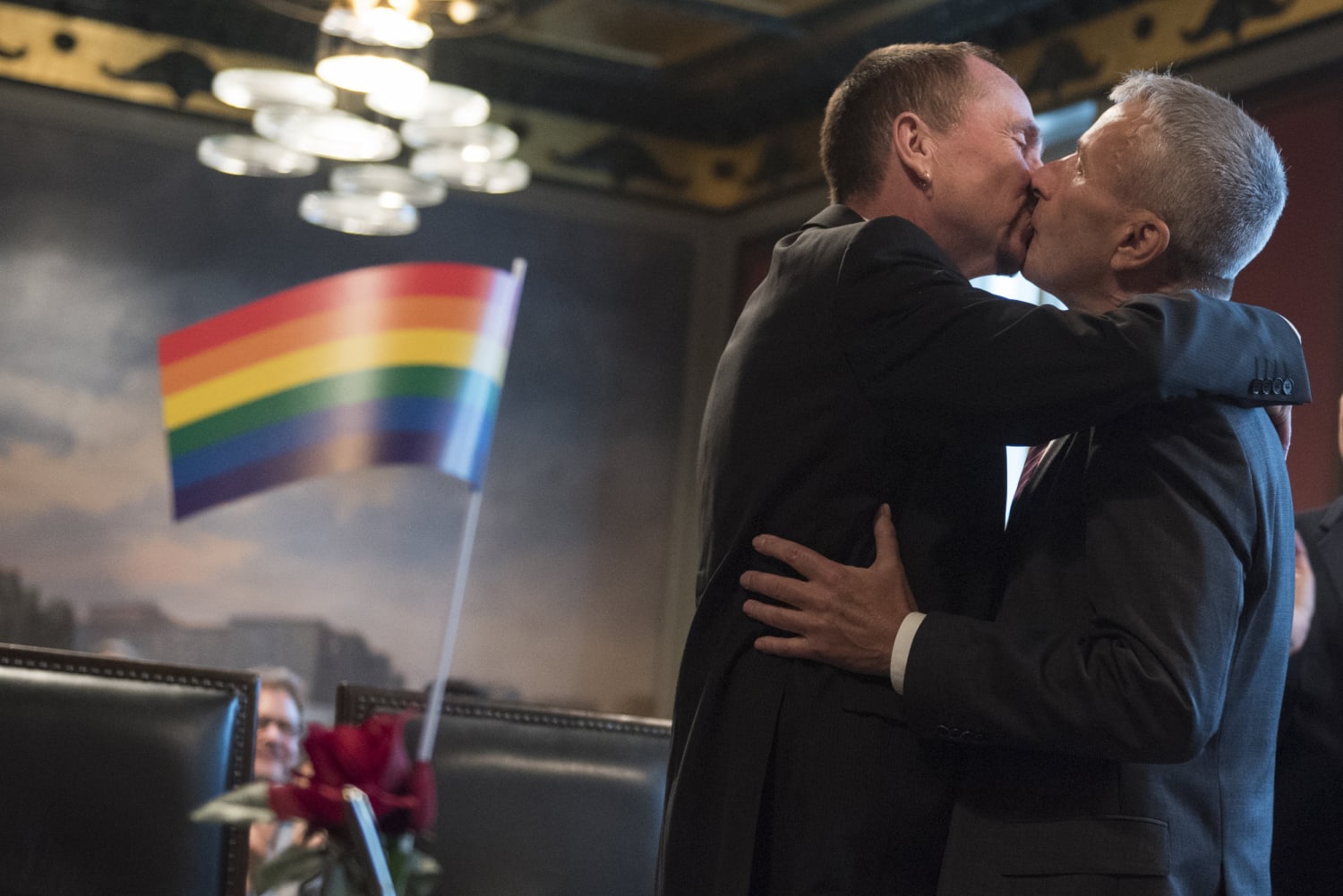
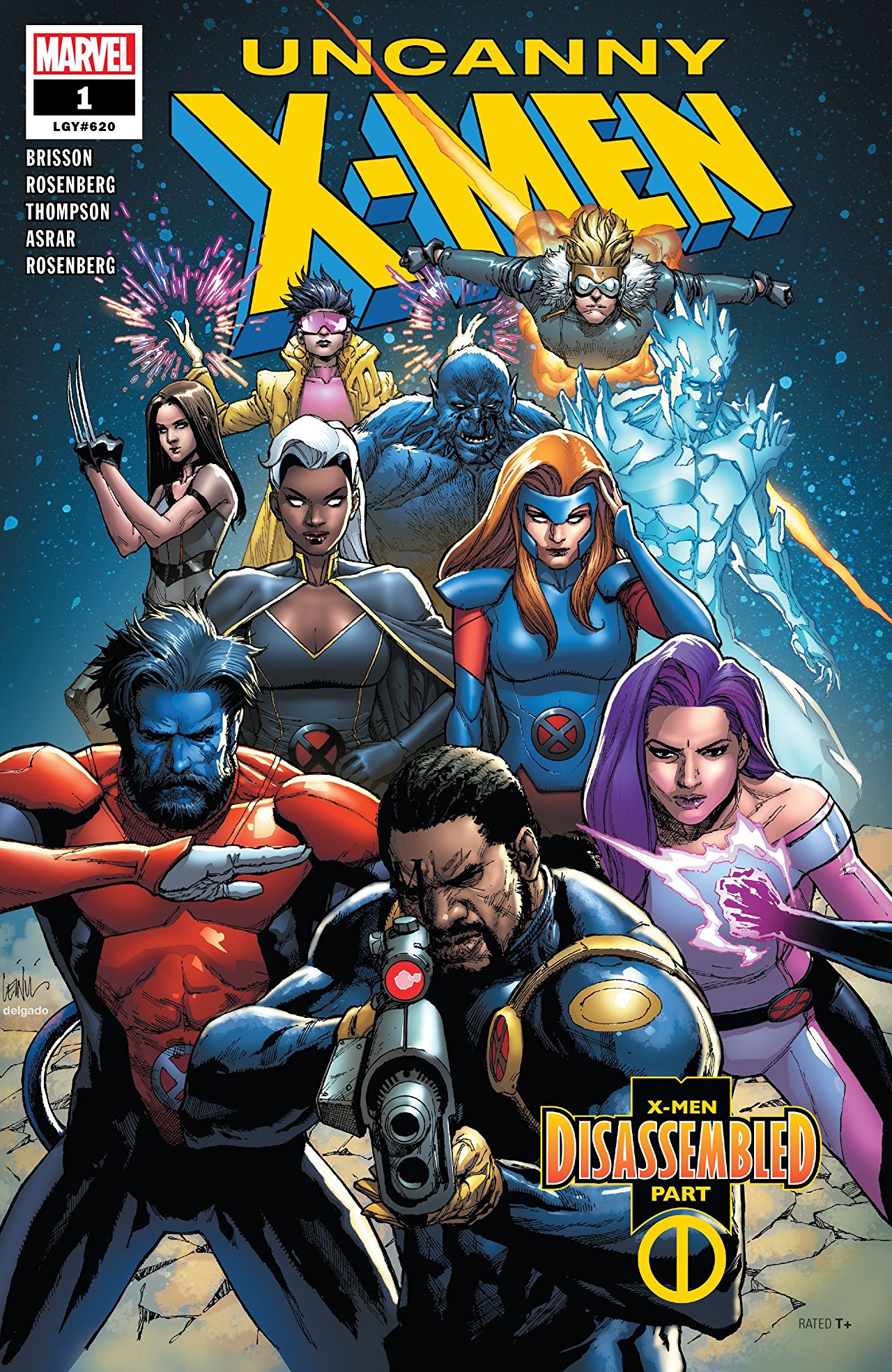
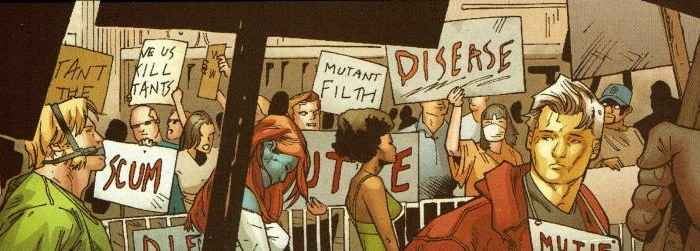



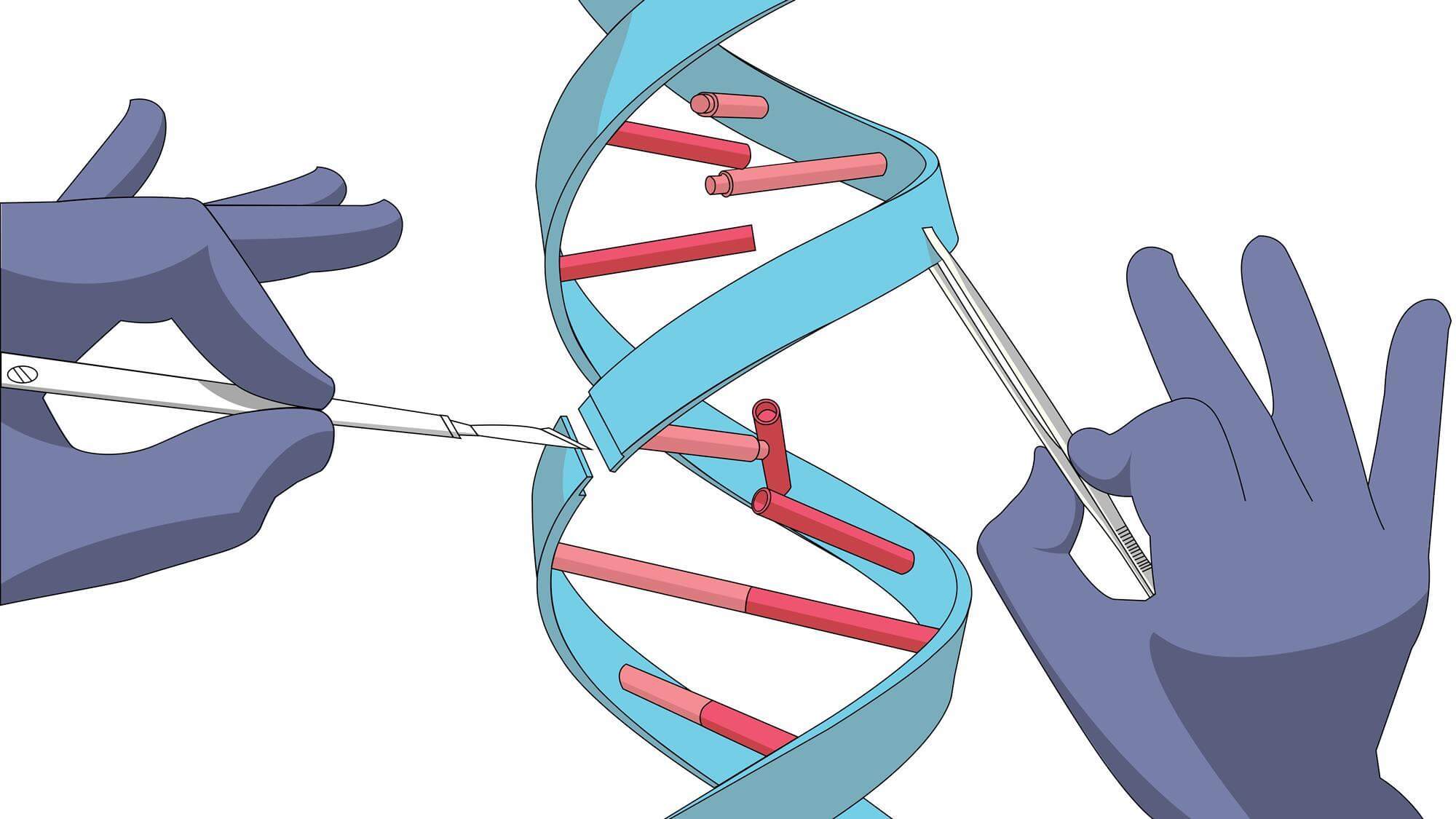
.jpg)


















